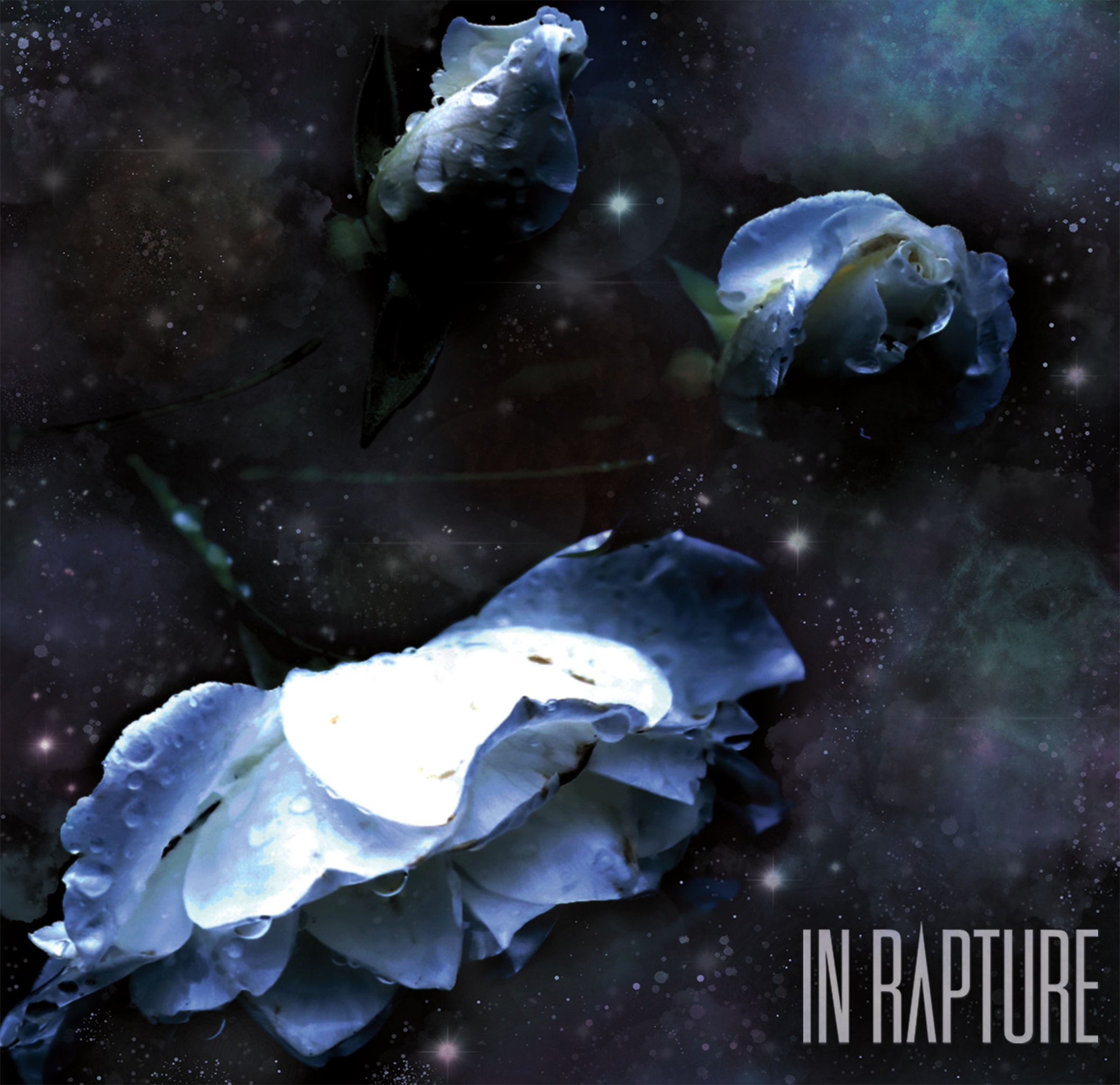Cooper, Jordan, Phil, Dan, and Eric discuss Mary Shelley's seminal sci-fi/horror novel, Frankenstein.
This episode's book was chosen by: Eric
Overview
It was one fateful summer night in the year of 1816 that young Mary Wollstonecraft Godwin found herself near Lake Geneva in the company of fellow romantic authors Lord Byron and her future husband Percy Shelley. Due to the unpleasant nature of that year’s summer, they were confined to Byron’s villa for much of their time there, reading German ghost stories and exciting their imaginations. This led to Lord Byron’s suggestion that they each write their own ghost story. And, from this, a monster was created.
Mary Shelley’s Frankenstein is a classic horror tale that follows the exploits of one Victor Frankenstein, a noble young gentleman from Geneva, Switzerland. At the ripe age of seventeen Victor must simultaneously cope with losing his mother to scarlet fever and leaving the nest to journey off to study at a neighboring university. In his turmoil, Victor becomes obsessed with natural philosophy, alchemy, and other practices not seen as acceptable in the academic world. Isolated in his makeshift workshop, he finds a way to reanimate a body he assembles from pieces of various types of corpses, human and animal alike. On the night his creation comes to life, he flees the scene in a panic, and the monster is left to fend for itself. Victor tries to overlook fears of what the monster may do unsupervised, but eventually his greatest fear is realized when months later he and his family are confronted by the monster, now armed with the knowledge of its creator’s misdoings.
The novel, while short in length, is packed full of early feminist critiques about man’s abuse of nature and the subversion of female’s biological role in reproduction. This was during a time when women were mostly seen as care takers of the home and bearers of children. Unsurprisingly, Mary Shelley’s own success in writing as a woman during this era was rare occurrence. These circumstances create a unique blend of horror and social commentary that feed off of each other, a technique we see in practice still today. But this novel remains timeless because these themes remain just as relevant in today’s society. We are currently dealing with the exponential growth of technology that threatens the extinction of many different plant and animal species. And, even two hundred years after this was published, women are still fighting for workplace equality and an end to a culture of rampant sexual misconduct.
Unlike almost every film adaptation of Frankenstein, Victor’s monster becomes a sympathetic being by the conclusion of the story. This monstrous being gains an understanding of the world around it, as well as the use of language, but because of its overly hideous outer appearance it is hated by every human it encounters--including its creator Victor Frankenstein. Time and again, the creature seeks companionship but is met with utter rejection. With no help from even his creator, the monster responds with exceedingly violent acts against Frankenstein and his family. It’s easy to root against something that is portrayed as objectively bad or evil, but that is where Shelley’s brilliance becomes apparent. In the end it's hard to decide whether Victor or his monster is necessarily Bad or Good, and we are often left wondering whose misdoings are truly to blame for the tragic events that unfold. We eventually ask: Who's really the monster here?
Much like Bram Stoker’s Dracula, Mary Shelley’s Frankenstein has been adapted thousands of times throughout modern history and has become a cultural icon of the modern horror genre. Also much like the classic vampire tale, much of the source material is ignored and changed to fit the needs of whatever culture is viewing it. This book provides a refreshing look for anyone looking to more deeply examine the lessons that tend to be watered down in the popular retelling of the myth. It’s always good to get back to the basics, and this novel is a delightfully chilling reminder of that.
-Eric Toennis
Show Notes
This one is a good piece about Frankenstein and film:
http://knarf.english.upenn.edu/Articles/hefferna.html
This one is about the theme of femininity and nature in the novel:
http://www.lachsa.net/ourpages/auto/2017/3/1/56583024/Mellor-Possessing-Nature.pdf
The last one makes us all question what really is a monster:
http://knarf.english.upenn.edu/Articles/brooks2.html
This episode's music features a song called "Beverly," from Golden Hour's new EP, Demo Daze.






















